Renault Captur vs Dacia Sandero – Differences & prices compared
Compare performance, boot space, consumption and price in one view.
Find out now: which car is the better choice for you – Renault Captur or Dacia Sandero?
The Renault Captur (SUV) comes with a Petrol MHEV, Petrol or Full Hybrid engine and Manuel or Automatic transmission. In comparison, the Dacia Sandero (Hatchback) features a Petrol or LPG engine with Manuel or Automatic transmission.
When it comes to boot capacity, the Renault Captur offers 422 L, while the Dacia Sandero provides 328 L – depending on how much space you need. If you’re looking for more power, decide whether the 158 HP of the Renault Captur or the 110 HP of the Dacia Sandero suits your needs better.
In terms of consumption, the values are 4.50 L per 100 km for the Renault Captur, and 5.30 L for the Dacia Sandero.
Price-wise, the Renault Captur starts at 20100 £, while the Dacia Sandero is available from 10700 £. Compare all the details and find out which model fits your lifestyle best!
In a head-to-head comparison, the Dacia Sandero offers remarkable value with its spacious interior and budget-friendly pricing, making it a top choice for practical buyers. Meanwhile, the Renault Captur stands out with its stylish design and higher-end features, appealing to those seeking a more premium crossover experience. Ultimately, the decision between these two models hinges on whether consumers prioritize affordability or a touch of sophistication in their everyday drives.
Renault Captur
The Renault Captur is a compact SUV that combines stylish design with practical functionality, making it a popular choice for urban drivers. Its interior offers a versatile and comfortable space, featuring high-quality materials and modern technology. On the road, the Captur delivers a smooth and efficient driving experience, perfect for both city commutes and weekend adventures.
details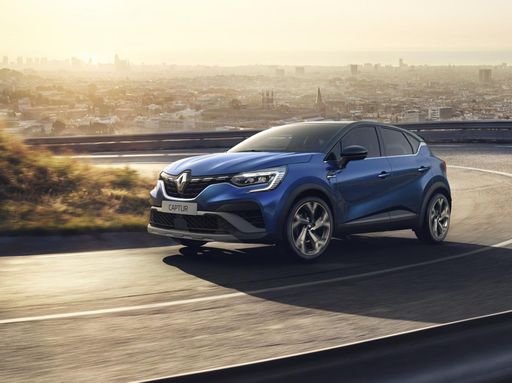 @ renault-presse.de
@ renault-presse.de
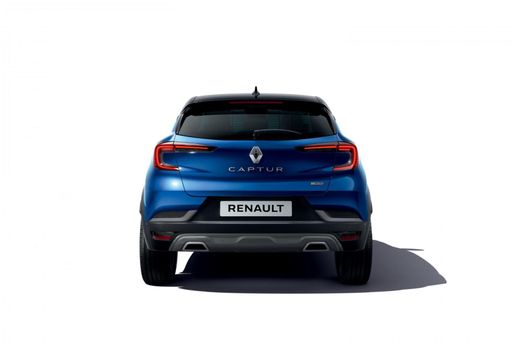 @ renault-presse.de
@ renault-presse.de
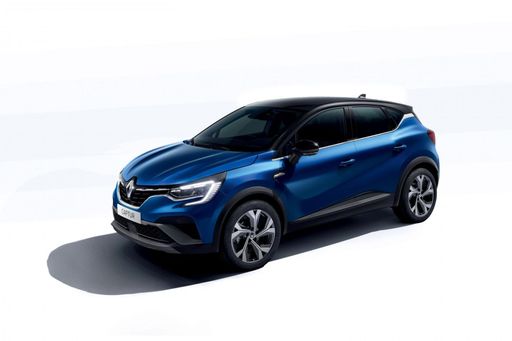 @ renault-presse.de
@ renault-presse.de
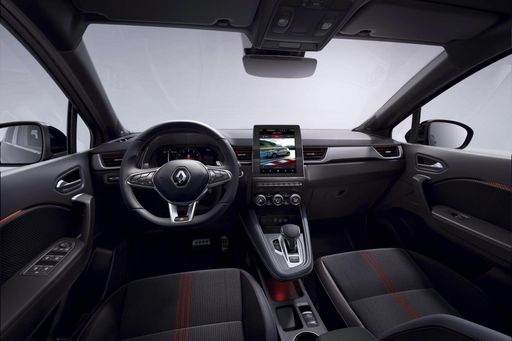 @ renault-presse.de
@ renault-presse.de
Dacia Sandero
The Dacia Sandero stands out as an exceptional value in the hatchback market, offering a blend of practicality and affordability that appeals to a wide range of drivers. Its understated design is complemented by a surprisingly spacious interior, providing ample comfort and functionality for everyday use. With impressive fuel efficiency and a solid reputation for reliability, the Sandero remains a popular choice for those seeking a no-nonsense vehicle without sacrificing essential modern features.
details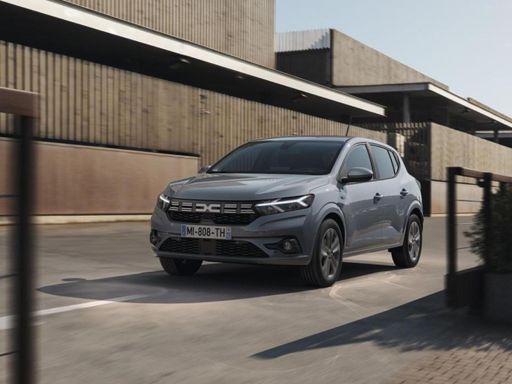 @ dacia.at
@ dacia.at
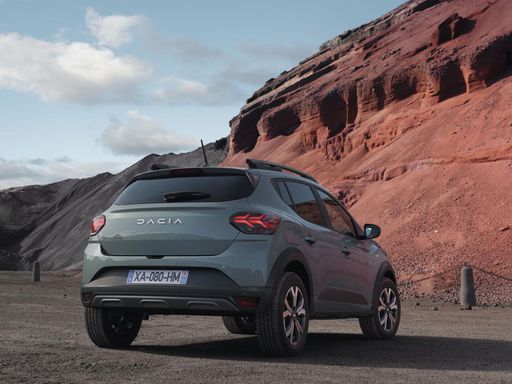 @ dacia.at
@ dacia.at
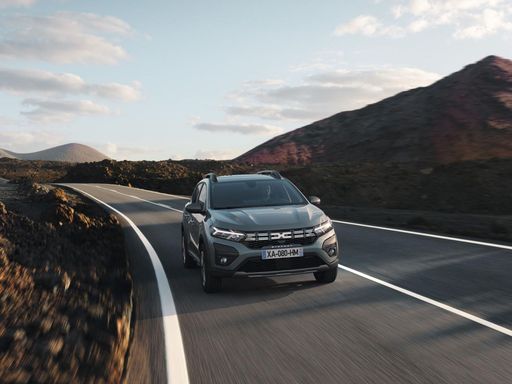 @ dacia.at
@ dacia.at
Dacia Sandero vs Renault Captur: A Comprehensive Comparison
In the competitive world of compact cars and SUVs, the Dacia Sandero and Renault Captur stand out as popular choices among drivers seeking practicality, style, and value for money. But how do these two impressive models stack up against one another? In this article, we delve into various aspects, including performance, engine options, dimensions, and innovative features, to help you decide which vehicle might be the better fit for your lifestyle.
Powertrain and Performance: The Heart of the Matter
The Dacia Sandero offers a range of engine options that cater to various driving styles and preferences, including petrol and LPG variants. Power outputs range from 67 hp to 110 hp, with a fuel consumption averaging between 5.2 to 7.0 L/100km, depending on the configuration. With a curb weight ranging from 1089 to 1209 kg, the Sandero provides decent performance, with acceleration from 0-100 km/h achieved in as little as 10 seconds in its more powerful iterations.
On the other hand, the Renault Captur takes the lead with its dynamic range of engines, featuring petrol, LPG, and full hybrid options. Power outputs vary from 91 hp to 158 hp, with even better fuel economy, averaging between 4.7 to 7.8 L/100km. Captur’s acceleration from 0-100 km/h can be as quick as 8.5 seconds, showcasing its sporty demeanor. The additional focus on hybrid technology signals a commitment to eco-friendliness and efficiency.
Dimensions and Space: Comfort and Practicality
When it comes to dimensions, the Dacia Sandero measures 4088 mm in length, 1848 mm in width, and stands at 1499 mm high. With a trunk capacity of 328 liters, it offers ample storage for daily use and weekend getaways.
The Renault Captur, being an SUV, is larger, measuring 4239 mm in length, 1797 mm in width, and 1575 mm in height. Its trunk capacity is an impressive 326 to 422 liters, providing flexibility based on configurations and rear-seat positioning. Both vehicles comfortably seat five passengers, making them suitable for families and small groups.
Innovative Features and Technology
The Dacia Sandero impresses with its value-oriented approach and thoughtful features. Standard offerings include a user-friendly infotainment system and options for rear parking sensors. It boasts a no-frills, functional interior that prioritizes budget-conscious practicality without sacrificing essential comfort.
In contrast, the Renault Captur shines with its modern technology and design. Its higher trim levels come equipped with advanced features such as a large touchscreen infotainment system, smartphone connectivity, and an array of driver-assist technologies, including lane-keeping assistance and adaptive cruise control. Moreover, the Captur's hybrid variants incorporate innovative electric technology, further enhancing its appeal for those looking to minimize their ecological footprint.
Safety Ratings and Reliability
Both vehicles have received attention for their safety features. The Dacia Sandero, while a budget car, provides solid safety equipment including airbag systems and electronic stability control. It has received respectable ratings in crash-test evaluations.
The Renault Captur, often featuring more sophisticated safety tech such as automatic emergency braking and blind-spot monitoring, tends to score higher in independent safety tests, making it a popular choice for safety-conscious buyers.
Conclusion: Which One Fits You Best?
Choosing between the Dacia Sandero and Renault Captur ultimately depends on individual preferences and requirements. If you are searching for a cost-effective, compact car that performs adequately for city driving, the Dacia Sandero presents a fantastic option. However, for those who prioritize a more spacious, versatile SUV with advanced technology and superior efficiency, the Renault Captur is the clear winner.
Whichever model you choose, both vehicles epitomize the blend of reliability and affordability, making them worthy contenders in the automotive marketplace.

|

|
|
|
|
Costs and Consumption |
|
|---|---|
|
Price
20100 - 28300 £
|
Price
10700 - 16700 £
|
|
Consumption L/100km
4.5 - 6 L
|
Consumption L/100km
5.3 - 7.1 L
|
|
Consumption kWh/100km
-
|
Consumption kWh/100km
-
|
|
Electric Range
-
|
Electric Range
-
|
|
Battery Capacity
-
|
Battery Capacity
-
|
|
co2
102 - 135 g/km
|
co2
105 - 140 g/km
|
|
Fuel tank capacity
48 L
|
Fuel tank capacity
32 - 50 L
|
Dimensions and Body |
|
|---|---|
|
Body Type
SUV
|
Body Type
Hatchback
|
|
Seats
5
|
Seats
5
|
|
Doors
5
|
Doors
5
|
|
Curb weight
1293 - 1514 kg
|
Curb weight
1089 - 1209 kg
|
|
Trunk capacity
326 - 422 L
|
Trunk capacity
328 L
|
|
Length
4239 mm
|
Length
4088 - 4099 mm
|
|
Width
1797 mm
|
Width
1848 mm
|
|
Height
1575 mm
|
Height
1499 - 1535 mm
|
|
Payload
376 - 457 kg
|
Payload
404 - 436 kg
|
Engine and Performance |
|
|---|---|
|
Engine Type
Petrol MHEV, Petrol, Full Hybrid
|
Engine Type
Petrol, LPG
|
|
Transmission
Manuel, Automatic
|
Transmission
Manuel, Automatic
|
|
Transmission Detail
Manual Gearbox, Dual-Clutch Automatic, Automatic Gearbox
|
Transmission Detail
Manual Gearbox
|
|
Drive Type
Front-Wheel Drive
|
Drive Type
Front-Wheel Drive
|
|
Power HP
91 - 158 HP
|
Power HP
67 - 110 HP
|
|
Acceleration 0-100km/h
8.5 - 14.3 s
|
Acceleration 0-100km/h
10 - 16.7 s
|
|
Max Speed
168 - 180 km/h
|
Max Speed
158 - 183 km/h
|
|
Torque
160 - 270 Nm
|
Torque
95 - 200 Nm
|
|
Number of Cylinders
3 - 4
|
Number of Cylinders
3
|
|
Power kW
67 - 116 kW
|
Power kW
49 - 81 kW
|
|
Engine capacity
999 - 1789 cm3
|
Engine capacity
999 cm3
|
General |
|
|---|---|
|
Model Year
2024 - 2025
|
Model Year
2024 - 2025
|
|
CO2 Efficiency Class
D, C
|
CO2 Efficiency Class
D, C, E
|
|
Brand
Renault
|
Brand
Dacia
|
Renault Captur
The Renault Captur: A Modern Fusion of Style and Efficiency
The Renault Captur has carved a unique niche for itself in the compact SUV segment, combining eye-catching design with advanced technology. As we delve into its technical specifications and innovative features, it's clear why this model continues to captivate automotive enthusiasts and everyday drivers alike.
Under the Bonnet: Power and Performance
The Renault Captur offers a diverse range of powertrains, catering to different driving preferences and needs. Whether you opt for a full hybrid or a mild-hybrid petrol engine, the Captur provides an impressive blend of power and efficiency. The power output ranges from 91 to 158 PS, ensuring a versatile drive whether you're navigating urban streets or hitting the open road.
With a fuel consumption range of 4.7 to 7.8 L/100km, Renault has engineered the Captur with an environmental focus, presenting one of the more economical offerings in its class. The CO2 emissions range from 106 to 139 g/km, adhering to modern demands for reduced environmental impact without compromising on performance.
Technological Innovation: E-Tech Hybrid System
An exciting feature of the Captur is its E-Tech hybrid system, a testament to Renault's commitment to innovation. This system intelligently combines a petrol engine with an electric motor to optimise energy usage, offering both power and efficiency seamlessly. This technology is particularly beneficial in urban settings where frequent stopping and starting can traditionally increase fuel consumption and emissions.
Driving Dynamics and Comfort
The Renault Captur is built with front-wheel drive and offers both manual and automatic transmission options, including cutting-edge dual-clutch systems for smooth gear changes. Offering a maximum torque of 160 to 270 Nm ensures a responsive drive across various terrains. Coupled with its agile handling and a maximum speed range of 168 to 180 km/h, the Captur is as adept on a motorway as it is in city environments.
Comfort has not been overlooked; with five seats and spacious dimensions of 4239 mm in length, 1797 mm in width, and 1575 mm in height, the Captur provides ample space for passengers and luggage alike. The boot space ranges from 326 to 422 litres, accommodating anything from daily grocery shopping to holiday luggage with ease.
Manufacturing Excellence: Safety and Quality Features
Safety and quality are core components of the Captur's design. It features advanced safety technologies and driver-assistance systems, ensuring peace of mind on every journey. The model's CO2 efficiency classes range between C and D, aligning with current environmental standards while still prioritising driver and passenger safety.
Conclusion: A Compelling Choice in Its Class
With a price range between €22,950 to €32,750, the Renault Captur represents a compelling balance of affordability and feature-rich ownership. For those seeking a vehicle that harmonises cutting-edge technology, ecological mindfulness, and dynamic driving experiences, the Captur stands out as a particularly attractive choice in the competitive SUV market.
In summary, the Renault Captur's combination of modern styling, advanced hybrid technology, and practical features places it firmly as a leading contender for anyone considering a contemporary SUV purchase.
Dacia Sandero
The Dacia Sandero: An Affordable Gem in the Automotive World
The Dacia Sandero has consistently positioned itself as a quintessential choice for budget-conscious buyers who seek practicality without sacrificing quality. As an integral part of Dacia's line-up, the Sandero offers a compelling blend of efficiency, robustness, and value for money. With the 2024 model, Dacia continues to enhance its offerings with a range of engine options and trim levels to satisfy diverse customer needs.
Innovative Engine Options
The latest Dacia Sandero boasts a variety of engine options, including petrol and gas variants. The range covers outputs from 67 PS to 110 PS, providing flexibility for different driving preferences. For those prioritising fuel economy, the SCe 65 petrol engine offers a commendable consumption figure of 5.3 litres per 100 km. Meanwhile, the TCe 100 ECO-G engine, running on gas, balances efficiency and performance with an output of 101 PS and a consumption of 6.5 litres per 100 km.
Efficiency and Driving Dynamics
With the Dacia Sandero, efficiency is key. The innovative TCe 90 petrol engine, available with both manual and automatic transmissions, ensures a smooth ride combined with competitive fuel efficiency - approximately 5.2 to 5.7 litres per 100 km. Additionally, the Sandero maintains impressive CO2 emissions ranging from 105 to 139 g/km, reinforcing its suitability for eco-conscious drivers.
Practical Design and Spacious Interiors
The Dacia Sandero’s design speaks to the needs of modern urban and suburban drivers. As a five-door hatchback, it provides enormous practicality alongside a spacious interior. The cabin comfortably seats five passengers and offers a generous 328-litre boot, which can easily accommodate everyday luggage and more. Its exterior dimensions, including a length of 4088 to 4099 mm and a width of 1848 mm, enable the Sandero to navigate city streets with ease.
Safety and Technological Features
Safety remains a priority for Dacia, and the Sandero is equipped with a host of features to ensure peace of mind for drivers and passengers. Options such as the latest braking technologies, stability control, and multiple airbags come standard across various trim levels. Technologically, the Sandero incorporates features like a modern infotainment system and essential connectivity options to enhance the driving experience.
Concluding Thoughts
The Dacia Sandero represents a remarkable blend of affordability, efficiency, and practicality, solidifying its place in the competitive compact car segment. Whether it's daily city commutes or longer journeys, the Sandero offers a version tailored to meet a wide array of demands and preferences, embodying Dacia’s commitment to delivering more for less. With competitive pricing and the promise of a reliable, economical drive, the 2024 Sandero continues to resonate with those seeking value in their automotive investment.
Which drive types are available for the Renault Captur?
Available as Front-Wheel Drive.
The prices and data displayed are estimates based on German list prices and may vary by country. This information is not legally binding.
